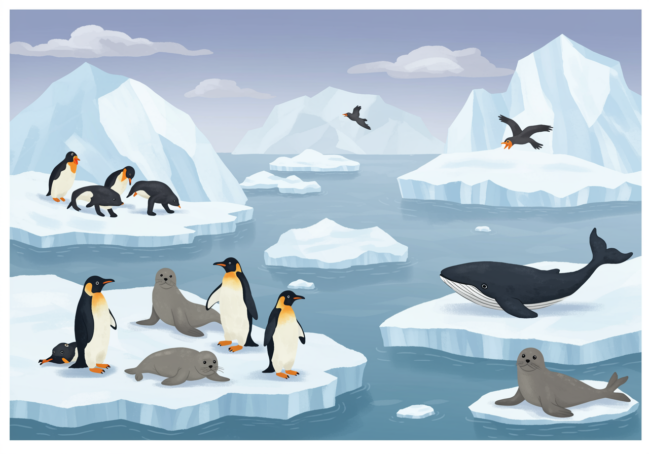Key Takeaways
- Jean Piaget (1896-1980) was a Swiss psychologist who created a groundbreaking model of how children develop and learn.
- His theory shows that children build mental maps to understand their world, and these maps become more complex as children grow.
- Piaget identified four distinct stages of development from birth through adolescence.
- Understanding these stages helps parents and educators create appropriate learning experiences for children.
Piaget‘s Four Stages of Development
Piaget identified four major stages that children move through as they develop:
Sensorimotor Stage (Birth–2 years)
During this earliest stage, babies learn about their world through physical interactions and sensory experiences. A crucial development during this period is object permanence—understanding that objects continue to exist even when they can’t be seen.
Preoperational Stage (Ages 2-7)
Young children at this stage think symbolically but still need concrete physical situations to understand concepts. They struggle with abstract ideas and tend to see things from only their perspective.
Concrete Operations Stage (Ages 7-11)
Children begin to think logically about concrete events during this stage. They can solve problems with numbers rather than just physical objects and understand that quantity remains the same despite changes in appearance.
Formal Operations Stage (Beginning at Ages 11-15)
In this final stage, adolescents develop the ability to think abstractly and reason hypothetically. Their cognitive structures become similar to those of adults, enabling them to engage with conceptual and theoretical thinking.
How Children Build Knowledge
Piaget explained that children construct knowledge through two key processes:
Assimilation – When children encounter familiar experiences, they assimilate this information into their existing mental maps, maintaining what Piaget called mental “equilibrium.”
Accommodation – When they face new or different experiences, children experience disequilibrium and must accommodate by adjusting their cognitive structures. Through this process, children continuously build more sophisticated understanding of their world.
Implications for Learning
Understanding Piaget’s theory has important applications for both parents and educators:
Curriculum Development – Educational materials should be designed to match children’s developmental stages, respecting the natural progression of their cognitive abilities.
Teaching Approaches – Hands-on experiences are essential for learning since children construct knowledge through interaction with their environment. Abstract concepts should be introduced only when children have the cognitive structures to understand them.
In Summary
Jean Piaget’s work revolutionized our understanding of how children think and learn. By recognizing that children pass through distinct developmental stages, each with its own way of understanding the world, parents and educators can create more effective learning experiences. The core of Piaget’s message remains relevant today: children actively build their knowledge through exploration and discovery, and their thinking processes evolve in predictable patterns as they grow.

Looking for a fresh way to engage young learners?
Bring learning to life with story-based custom lesson plans you can build in minutes!



